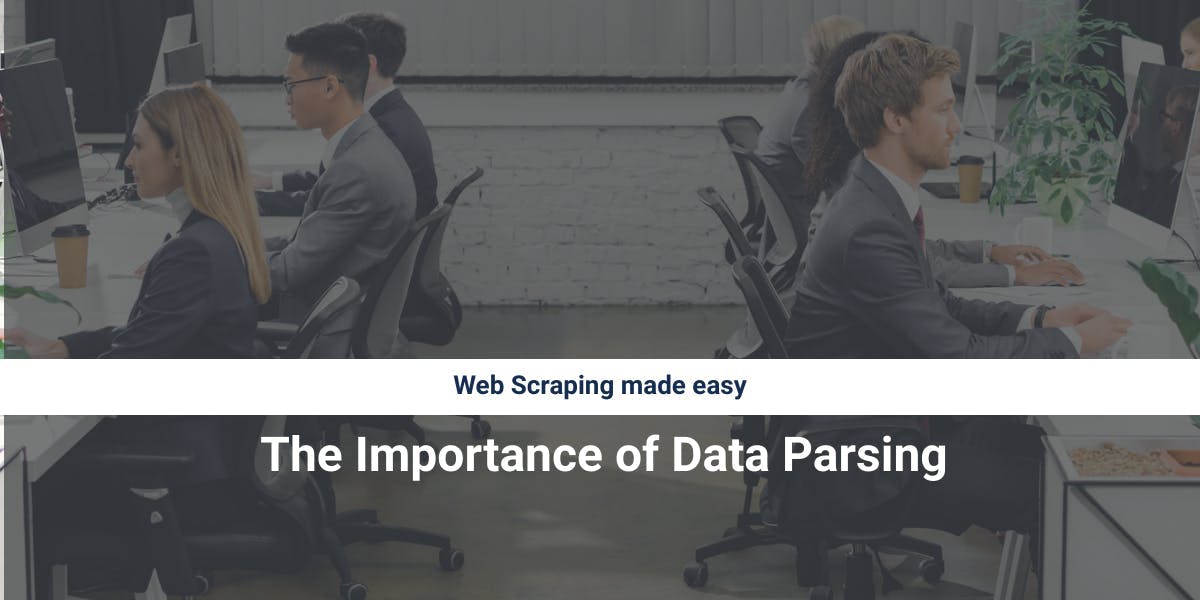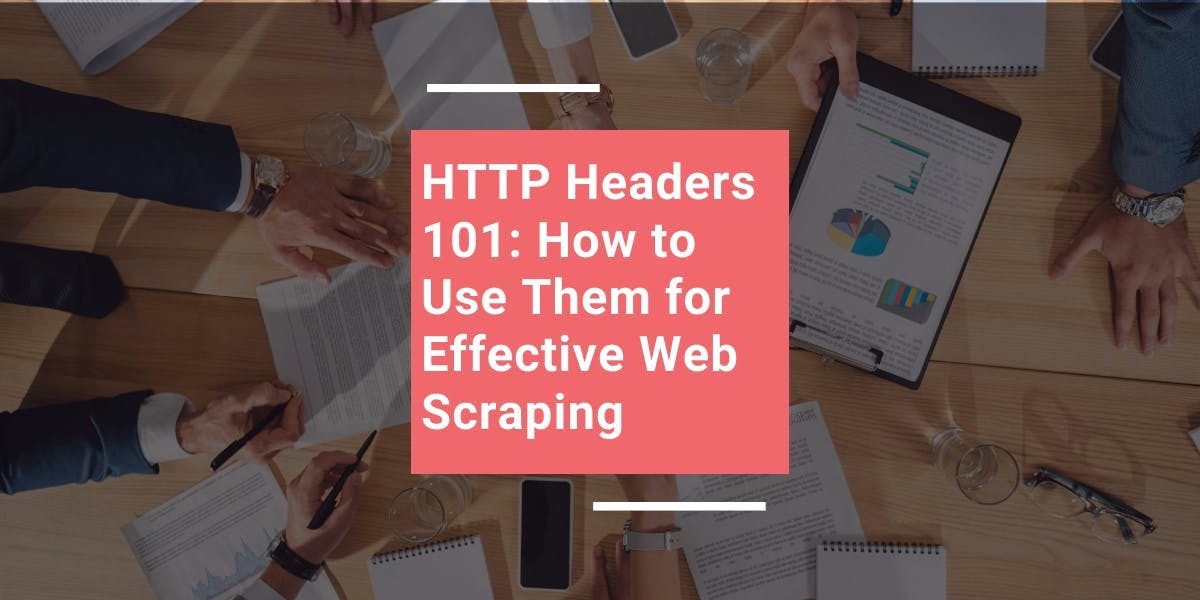Why You Should Use the WebScrapingAPI Toolbox for Your Business
Sergiu Inizian on May 15 2021

If you are looking for a fast, reliable solution for data extraction, a web scraper might be your cup of tea. However, it’s essential to know where to look when choosing one out of the barrel. And that’s where we come in.
But first, what is web scraping? You probably already know the basics of what this process means, but we believe repetition is the key to learning. Fundamentally, web scraping is the technique of extracting information from one or more web pages. It then turns the information into structured data, which can be stored or passed on to other software products.
Now let’s set scraping aside for a second because we want to talk about APIs. Briefly, an API or Application Programming Interface is a software application that allows for the creation of connections between other apps, services, or operating systems. You are probably using more APIs than you realize. Trust us; they are pretty much everywhere in the digital world.
Web scrapers and APIs are very handy when it comes to saving time and growing a business. And that’s actually what this article is about optimizing your work and avoiding headaches with WebScrapingAPI.
What is WebScrapingAPI?
WebScrapingAPI is a flexible tool for all your data scraping needs. With a simple and accessible account creation, you can access its features and discover the benefits of scraping with an API.
You may ask how an API help the tool when looking for data. Well, it connects the extraction software built by the service provider with whatever other apps you’re using. Simply put, you make requests, provide an URL, specify a few parameters, and you’ll get the data in JSON format, which is easy to understand and process for other software products. Here’s an example we particularly liked: using WebScrapingAPI and a text-to-speech API to turn the content on web pages into audio files.
You may think about creating your own scraper to extract that much-needed data, but it would take a lot of knowledge and patience, things you could be spending on optimizing your business. Besides, WebScrapingAPI has some tricks up its sleeve that you may not have come across just yet.
When scraping the Internet for valuable information, you can hit many barriers. Habitually, they are put in place to block your scraping activity. But, most of the time, WebScrapingAPI can bypass those obstacles. And when it can’t, well, we can always try again.
The WebScrapingAPI toolbox
As mentioned above, you’ll encounter many hurdles when web scraping for data. From CAPTCHAs and geo-restricted content, the scraper has an uphill battle to fight when extracting information from the Internet.
However, WebScrapingAPI solves these issues with ease, making scraping seem like a walk in the park. So let’s take a look at the essential features which make your scraping adventure easier.
JavaScript Rendering
Some web pages render essential page elements using JavaScript, which means that some content is not present, and unfortunately, not scrapable with the initial page load. But don’t worry. WebScrapingAPI can reveal all that information through a neat trickin no time.
With the render_js parameter enabled, the tool can access the target website using a headless browser, allowing JavaScript page elements to render. Then, it’s business as usual. Just choose what data you need and scrape away.
Vast Proxy Pool
How does a site block you when you are scraping data? First, it has to identify the bot. Because web scrapers surf the Internet faster than humans, it’s easy to see their activity. Say you task the bot with scraping ten pages from a site. All the website has to do is identify and block the fast requests from a single IP.
In general, you should avoid scraping data without a proxy. The secret is to have access to an extensive database of IP addresses. The more you have, the smaller your chance of being spotted.
WebScrapingAPI has an arsenal of more than 100 million IPs worldwide. They are stored in two separate available pools: one for datacenter proxies and one for residential proxies. If you are not familiar with them, here’s a quick guide.
Datacenter proxies are cloud-based IPs with no actual location. They are relatively inexpensive, so they’re great if you want to save a buck. Built on modern infrastructure, they use a reliable Internet connection for faster data extraction. However, these proxies come from cloud servers and can be used by multiple users simultaneously, making them easier to detect. But don’t worry. All WebScrapingAPI datacenter proxies are private and ensure little to no IP blacklisting.
Residential proxies are considered the high-end option because they are real IPs provided by Internet providers with real locations. They mirror regular visitor activity, making your requests nearly impossible to block.
Geotargeting and proxy rotation
How can you become virtually impossible to detect and block? With access to a good proxy pool with residential IPs from many different locations. This guarantees great speeds and access to geo-restricted content. Fortunately, WebScrapingAPI is a well-traveled tool and has access to many places around the world. Check out the available countries in the documentation.
The API also has one more trick up its sleeve when it comes to IPs - rotating proxies. It can automatically make several different requests through different IPs. The website then perceives the bot as having many unique users, which ensures safety from detection and blocking.
WebScrapingAPI vs other tools
You may think of using different kinds of products for web scraping. Some require coding knowledge, some don’t, and they sometimes offer free trials. We’ll look at the most common options and see how WebScrapingAPI is different from them.
The most common products in this category are user-friendly browser extensions. With these, you only have to select the snippets of data you need, and the extension will extract them in a CVS or JSON file. However, this alternative is not very fast and has some issues when scraping large amounts of data. With extensions, Javascript rendering and dedicated proxies are not guaranteed: some have them, and some don’t.
Dedicated web scraping software products are also quite popular. This option offers an interface through which to scrape and comes in various forms. They can utilize the user’s machine, a cloud created by the product developers, or even a combination of the two. But, some of these require users to understand and create their own scripts. The ones that don’t are often very easy to use and reliable, with the downside that the paid plans are more expensive.
The best part about WebscrapingAPI is how easy it is to integrate with other software products. It also requires coding knowledge, but it automates many manual processes in extensions and other scraping products. And using the features we talked about can cover more data than the alternatives and scrape more efficiently when dealing with several websites at once.
Start your adventure with a great tool
WebScrapingAPI is a handy tool in the age of Internet supremacy and ever-expanding data dependency. It’s essential for a business today to have easy, automated access to valuable insights.
Extracting information with WebScrapingAPI is a match made in heaven with companies that require data to optimize and grow their projects. With features like JavaScript rendering, geotargeting, and proxy rotation, the tool is an efficient, hassle-free way to expand a business through the power of data.
We think you should give WebScrapingAPI a try! Creating an account is free, and you immediately gain access to 1000 API calls every month to try out the product and see the benefits for yourself. Try the free plan now!
News and updates
Stay up-to-date with the latest web scraping guides and news by subscribing to our newsletter.
We care about the protection of your data. Read our Privacy Policy.

Related articles

Discover how to efficiently extract and organize data for web scraping and data analysis through data parsing, HTML parsing libraries, and schema.org meta data.


Discover the basics of HTTP headers for effective web scraping. Learn common headers, grabbing cookies, and custom headers to bypass security. Master HTTP headers and level up your scraping game.


Unlock the power of automation and extract valuable data from the web with ease. This article will guide you through the process of using the Parsel library in Python to scrape data from websites using CSS and XPath selectors.
